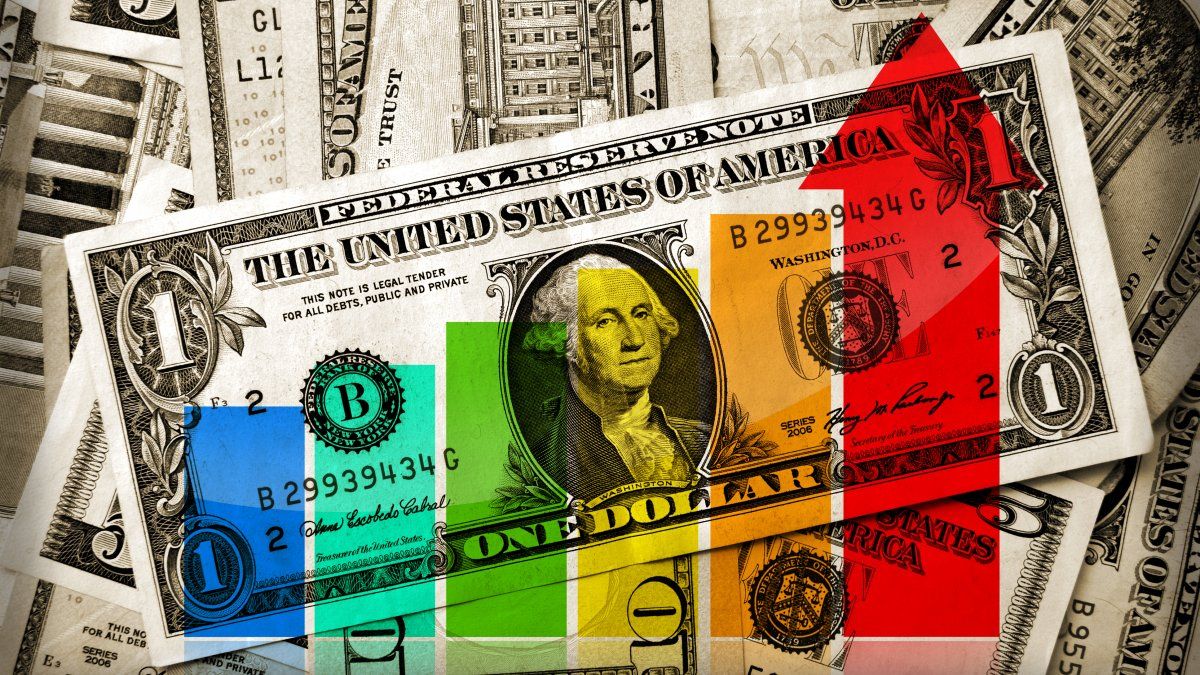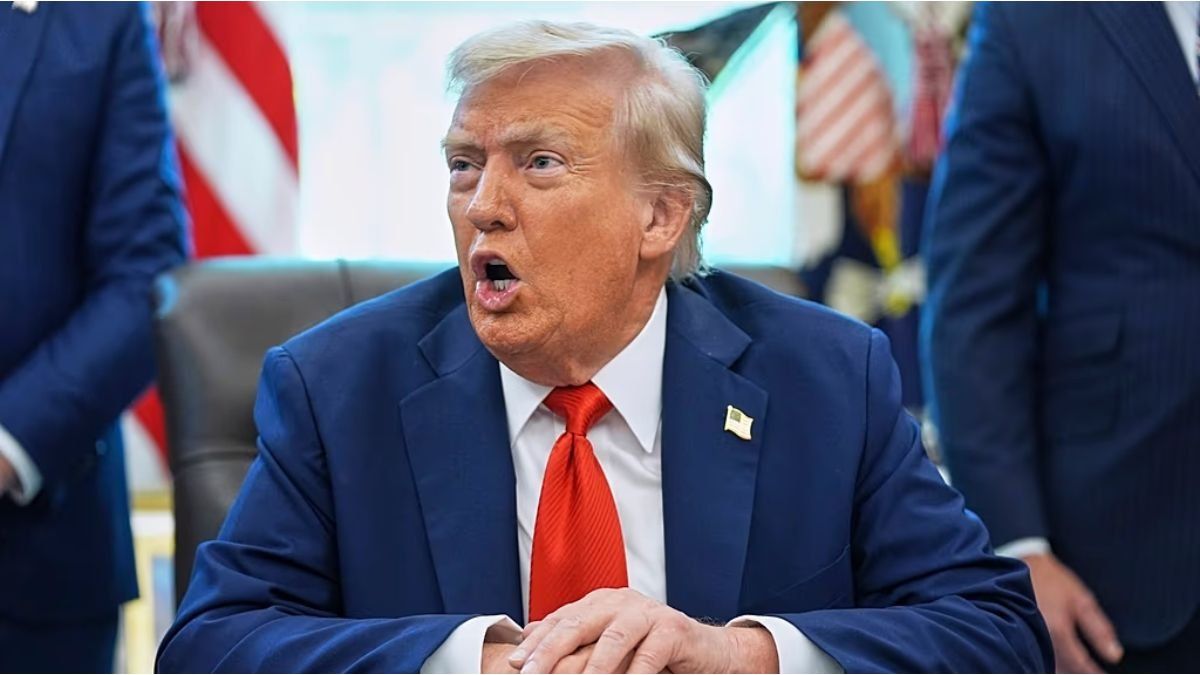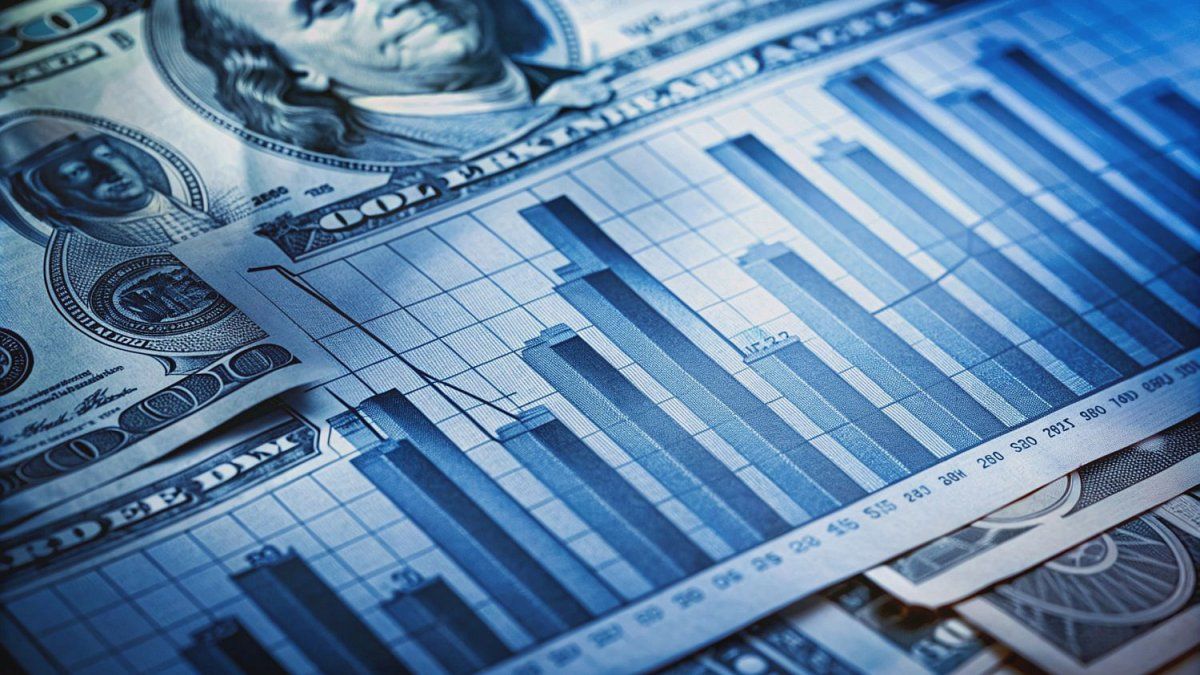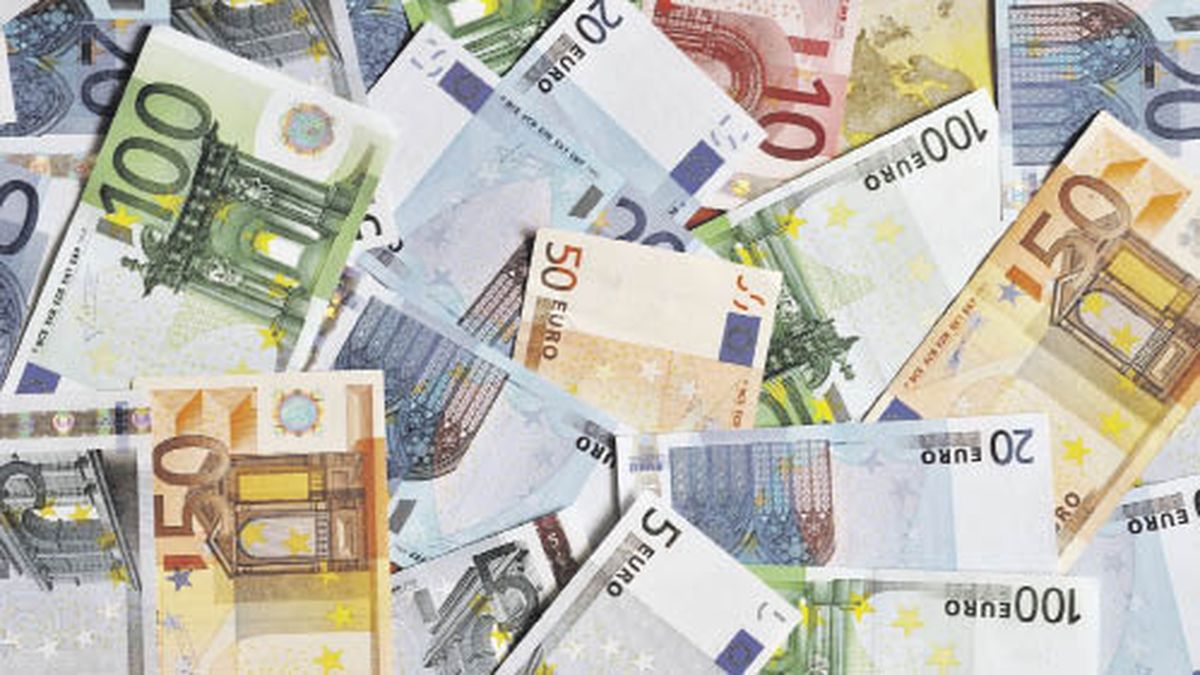One of the main unknowns that runs through the market and the offices of the main economic agents is what will happen to the official exchange rate in the coming weeks and months. Inflation at very high levels and the official strategy of sliding the dollar to 2% monthly after the devaluation jump in December keeps the question mark open as to how long the current dynamics of the crawling peg can be maintained. Luis Caputo and his team came out in the last few hours to cross the versions of a strong correction on the near horizon, and tried to convey that their intention is to stretch the nominal exchange rate anchor as much as possible. Market quotes futures They reacted with casualties, but they continue to discount an acceleration. What do the expectations set?
For weeks now, the tacit consensus in the market was that for the beginning of the thick harvest the Central Bank would validate a new devaluation given the need to guarantee a significant liquidation of agricultural exports. The reading: inflation above 20% monthly accompanied by a 2% crawling It quickly erodes the competitiveness achieved with the exchange rate jump in December, the largest since the exit of convertibility, and could work against the reserve recomposition process. In recent days, the devaluation expectations implicit in future dollar contracts have given way under the protection of a certain downward adjustment with respect to the initial inflation projections.
Although the Staff Report of the International Monetary Fund (IMF) gave plafond to the idea that the current rate of crawling peg would not have much survival, in the last few days the economic team decided to go out to cross the versions that indicated a quick acceleration.
For Caputo, the exchange rate does not have an expiration date
In informal conversations first and in television statements on Wednesday, after the omnibus bill fell, Caputo went out to install the idea that For now, the exchange rate does not have an expiration date or, at least, that the idea of a new discrete jump in the coming months would not be necessary.
The minister discussed the idea of some economists who propose that the dollar will remain behind without a new exchange rate jump and implied that they will try to maintain the crawling peg strategy as a nominal anchor as much as possible. Caputo argued that December inflation was lower than initial expectations, that in January it will be around 20% and that it will continue to slow in February and March. If his forecasts are met, he assured that “the (real) exchange rate would be 17% above the dollar when the stocks were released in 2015,” after the first devaluation that Macri applied.
The proposition is that the $800 dollar in December was an overshoot generated precisely to then have a cushion of competitiveness sufficient to throw off the exchange anchor during the following months. Of course, the sustainability of this idea will depend on different variables, including expectations.
This Thursday, he reaffirmed the idea in a post on his devaluation of 2% monthly, by April Argentina would lose all the gain in competitiveness achieved in the devaluation of December 2023 to $800.” The official retorted that the inflation levels projected in that scenario “are quite far from reality.” And he insisted on a CPI slowdown outlook, starting with 20% in January.
Future dollar: what scenario do the quotes indicate?
Induced by Caputo’s messages or not, The quotes of future dollar contracts closed lower today between 0.02% and 2%. This compressed the implicit expectations of a strong devaluation, although the forecasts of an acceleration of the crawling peg remain in the Rofex.
The contract at the end of February closed this Thursday at $845.50, that is, aligned with the perspective of a 2% monthly increase. By March, things begin to change: today it stands at $883, which would mean a slight acceleration of the crawling peg to around 5%. At the beginning of the week, the implicit expectation of devaluation for the next month was 6.6%, according to calculations by Andrés Reschini, from F2 Financial Solutions. Although it also compressed a little, the contract for April (entry of the coarse harvest) already shows a more important turn, with a perspective of implicit depreciation of 10.6%.
image.png
According to Reschini, for May and June the expectation is that the pace would continue to rise: 10.7% and 11.5% devaluation implicit in Rofex operations. For the second semester it does begin to decrease. “The market would be assigning chances of some acceleration in March compared to February and a higher speed in April, May and June and then slow down the devaluation rate. It would make sense assuming that the BCRA will try to capture as much foreign currency as possible from the gross harvest,” considered the analyst in dialogue with Ámbito.
When is an exchange rate jump expected?
These expectations are in tune with the message that the Fund left in its Staff Report from last week. After considering the initial strategy of overshooting plus 2% devaluation to try to anchor it, the organization’s technicians pointed out: “Looking to the future, the authorities agreed that the exchange rate policy will evolve in a manner consistent with the reserve accumulation objectives that avoid a rapid erosion of competitiveness gains, while the new anchor of monetary policy would assume the role of anchoring inflation.”
Javier Casabal, from Adcap Grupo Financiero, told this medium that, since December inflation data was published lower than the 30% that was initially expected, “the Rofex has been adjusting downwards.” And he analyzed the expectations of exchange rate acceleration: “For February it is discounted that there is no jump for quite some time now (still at 2%). For March, a slightly higher crawling peg is expected and for April the market doubts whether a jump will be needed or not.”.
For Casabal, if a gradually decreasing inflation scenario is confirmed, “it is still not convenient for them to make a new exchange rate jump” so as not to obstruct that process. And he recalled that, for this very reason, last week Fernando Marengo and Domingo Cavallo came out to propose that a strong devaluation had to be carried out now because that would overheat inflation. “To eliminate inflation, the most important thing is to avoid a new exchange rate jump before being in a position to fully unify and liberalize the exchange market,” the former Minister of Economy advised the Government. “The question is whether they achieve it or not. But I think they are going to try because the exchange rate is not yet behind,” Casabal concluded.
Source: Ambito




